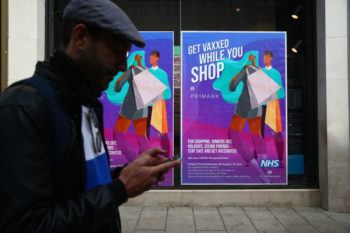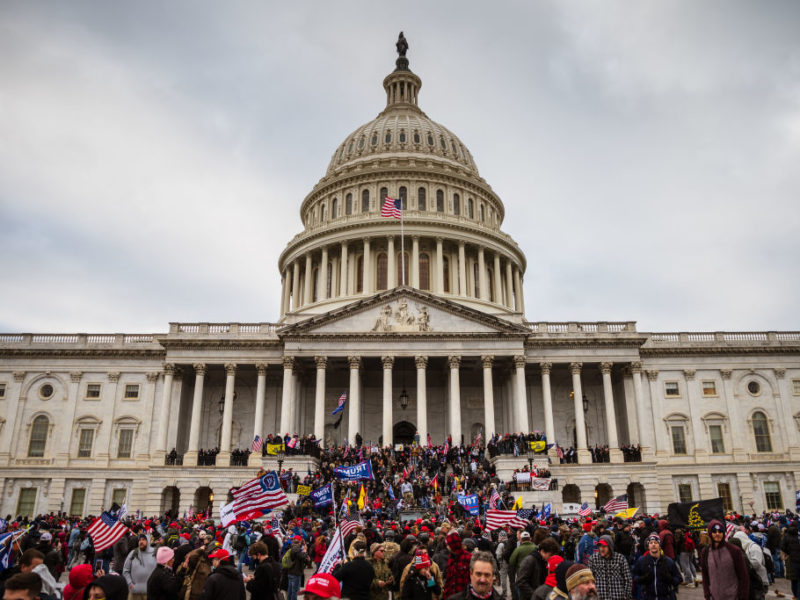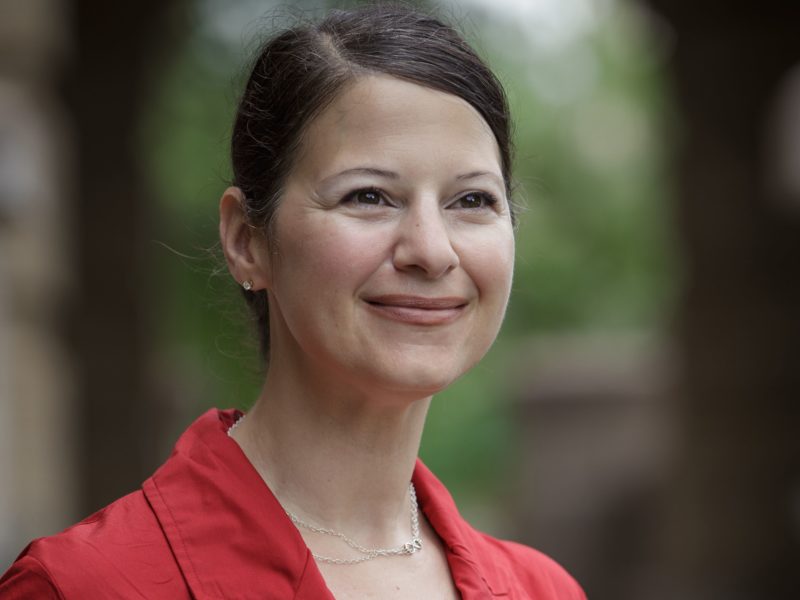Crisis Communication And The COVID-19 Pandemic

Clear communication with the public about COVID-19 vaccines is important because vaccination remains the best way to prevent the spread of the virus, according to Texas A&M University crisis communications expert Timothy Coombs.
But from the start of the pandemic, a basic principle of crisis management — that a message has to be consistent to be effective — has not been followed, said Coombs, an organizational communication professor in the College of Liberal Arts’ Department of Communication.
The federal government took a “hands-off approach,” he said, leaving messaging up to states, cities, and even corporations. According to the Centers for Disease Control and Prevention, about 51 percent of the United States population is fully vaccinated against COVID-19.
“The messages we get from many government entities are that they are thinking more about themselves and elections than they are thinking about public health and public safety,” Coombs said. “If you look at the messages coming out from local communities, they’re very good because they’re focused on the communities, but when you start looking at the state and the national level, we get a lot of messages that are political as opposed to public health, which doesn’t help. This is a time when people do need to be united and think about what’s best for public health.”
Coombs developed the situational crisis communication theory. To help organizations effectively responded to a crisis, the theory considers key factors such as the type of crisis, if there is a history of crisis, and how responsible people will consider the organization to be for the crisis. According to Coombs, the more responsible an organization is, the more it should focus on victims and others affected by the situation.
“It’s good to apply this theory to the current pandemic and vaccine situation, because for health crises, the focus is on the victims and that’s what it needs to be on,” Coombs said. “For instance, corporations need to talk a lot about what they are doing to protect customers and protect employees. And all the government entities need to think, ‘How can we best reach everybody?’ And that’s a real dilemma for organizations and for these public health officials.”
Another problem faced by public health officials: social media, a main source of information for many individuals, is better at spreading false information than facts, according to health communication professor Lu Tang.
“When we studied vaccine misinformation on Twitter, researchers found tweets containing vaccine misinformation are more than twice as likely to be retweeted than tweets containing correct information,” Tang said. “This is because misinformation is usually sensational and looks interesting, while tweets containing correct information sound mainstream and non-interesting.”
According to Tang, vaccine misinformation has been circulating online since the start of the internet and is more accessible to the public today than it was in the early 2000s. This is partially due to the fact that social media allows people to find like-minded individuals, mobilize, and advocate for their shared beliefs.
But Tang said social media has its benefits when it comes to informing the public about a crisis and possible solutions.
“Social media is a big part of our society these days, and we need to try and understand the mechanism of social media more so we can respond accordingly,” Tang said. “We are not helpless. If we can find out enough about social media and their roles in promoting misinformation, fact, or combating misinformation, then things can be done, either by appealing to the corporate responsibility of those big companies, through legislation or through public opinion.”
Tang also said some social media companies are becoming more aware of the roles their platforms play in spreading false information to the masses, and some are even taking steps to combat the spread of misinformation about health and vaccines.
According to both Coombs and Tang, social media should be depoliticized in order to effectively combat COVID-19 and vaccine misinformation. They also said there needs to be empathy involved when communicating with the public.
As the pandemic continues, communicators continue their endeavors to get the right messages out and to stop the spread of false information.
“One of the key lessons we need to take away from the COVID-19 experience is that we need to prepare ahead of time,” Coombs said. “You have time prior to a crisis to think, ‘Who are my audiences, who are likely to resist?’ You can respond more quickly that way. If I make those decisions after a crisis, I’ve lost time. If I make those decisions before a crisis, I save time. And in this case, time is lives, hundreds of thousands of lives within the United States.”
This article by Mia Mercer originally appeared on the College of Liberal Arts website.





